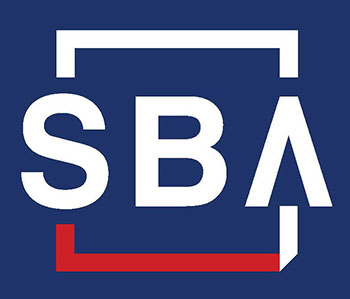On January 6th, the Small Business Association (SBA) has changed how it calculates eligibility of the Small Business set-aside for companies. Previously, the SBA used a three-year revenue average to determine if a company is indeed a “small business”. The Small Business Runway Extension Act of 2018 mandated that the SBA use a five-year revenue average instead.
Whether this is a good thing or a bad thing for small business remains to be seen. Those that support the new rule believe it will provide a longer period which will help small businesses better transition to  unrestricted (full and open) business contracts. It also provides additional consistency across the government as the SBA is adopting the same five-year averaging period for all revenue-based size standards issued by other agencies.
unrestricted (full and open) business contracts. It also provides additional consistency across the government as the SBA is adopting the same five-year averaging period for all revenue-based size standards issued by other agencies.
Those against the rule believe small companies will lose their designation more rapidly and then struggle to win contracts against larger competitors without the set-aside status and access to SBA’s loan guarantee programs. This would lead them to shrink back down to small business eligibility or potentially leave the federal space altogether.
The federal contracting programs that use SBA’s size standards include the SBA’s 8(a) Business Development (BD) program, Historically Underutilized Business Zones (HUBZone) program, Service Disabled Veteran-Owned Small Business (SDVOSB) program, Women-Owned Small Business (WOSB) program, and Economically Disadvantaged Women-Owned Small Business (EDWOSB) program.
To learn more, you can read the rule in its entirety at the Federal Register. To find open solicitations designated for small business and other set-asides, get started with a five-day trial of EZGovOpps Market Intelligence.

Recent Comments